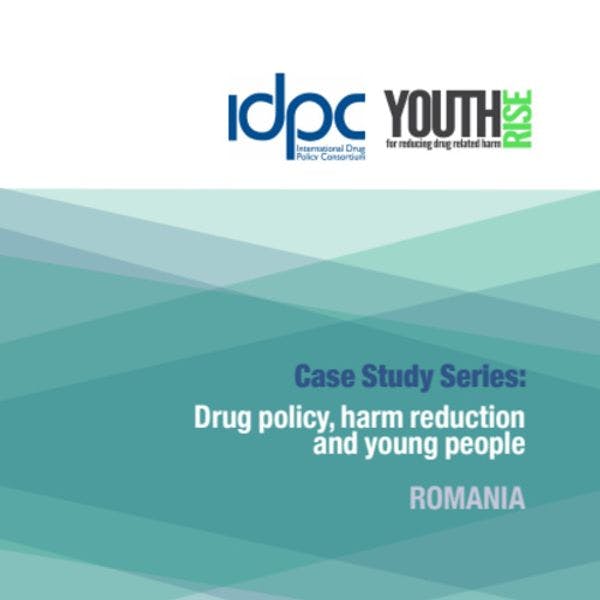IDPC/Youth RISE case study series - The impacts of drug policy on young people: Romania
Romania is a country located at the intersection of Central and South East Europe, bordering the Black Sea, finding itself along one of the main trafficking routes for heroin destined for Western Europe from Afghanistan. Consequently, heroin has been the illicit drug associated with the highest level of drug-related problems in Romania, with injection being the most common method of use. While cocaine (shipped from South America), ecstasy and amphetamines (from Western Europe) and cannabis are also commonly used, new psychoactive substances (NPS) have become increasingly popular in the country, with the proportion of those who inject NPS substantially increasing. Recent estimates suggest that these substances were being used by a third of all people dependent on drugs in 2010-2011. However, following the enforcement of Law 194/2011, the availability on NPS was substantially reduced among occasional people who use drugs, as the costs of these substances dramatically increased.
The information presented in this paper is drawn from the experiences of local service providers, young people who use drugs and a review of the available literature. This case study is designed to offer a snapshot of the drug policy and harm reduction landscape in Romania in relation to young people. Based on the findings of this case study, we offer a series of key recommendations for effective policy reform that can improve the health of, and reduce stigma towards, young people who use drugs in Romania.
Keep up-to-date with drug policy developments by subscribing to the IDPC Monthly Alert.
